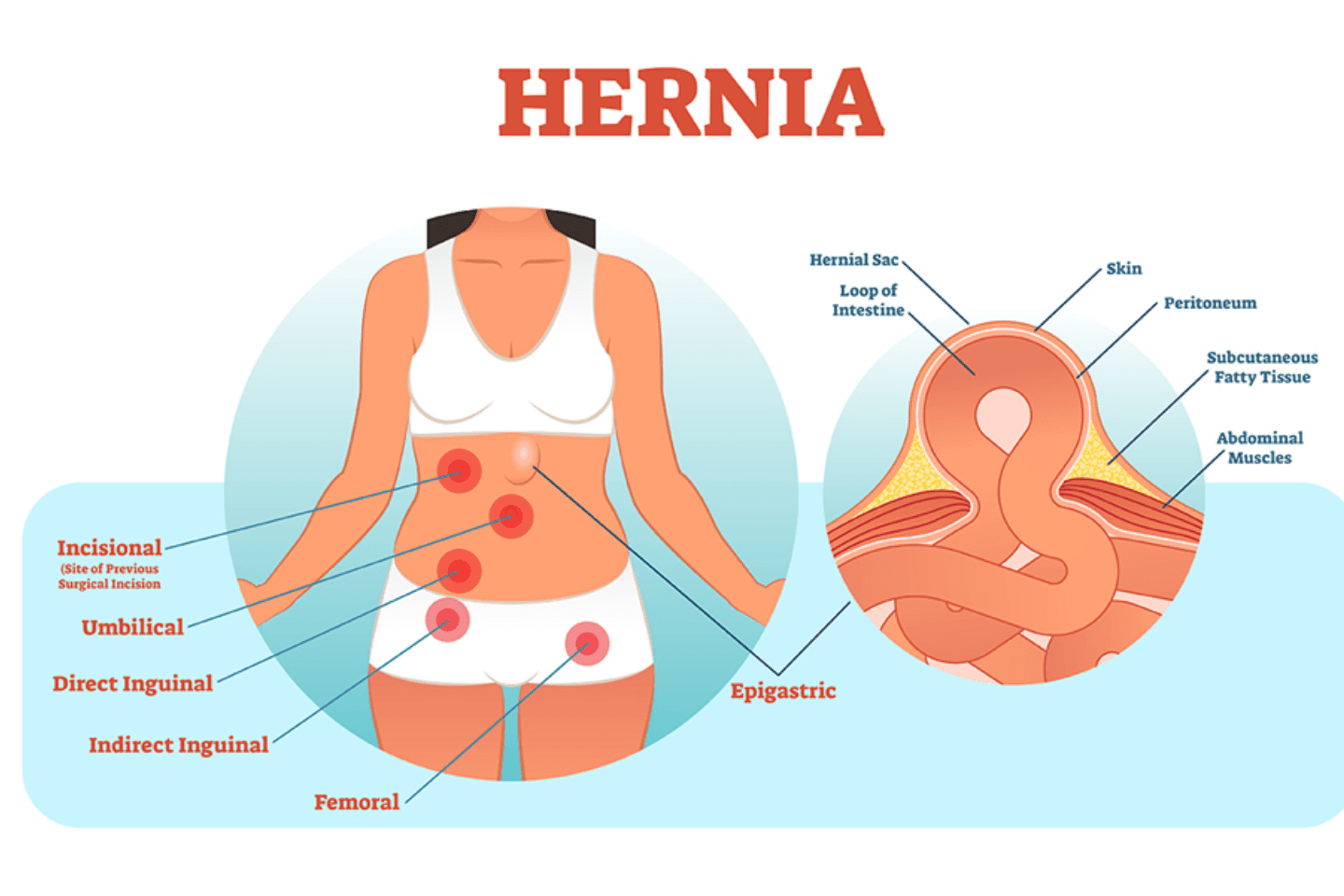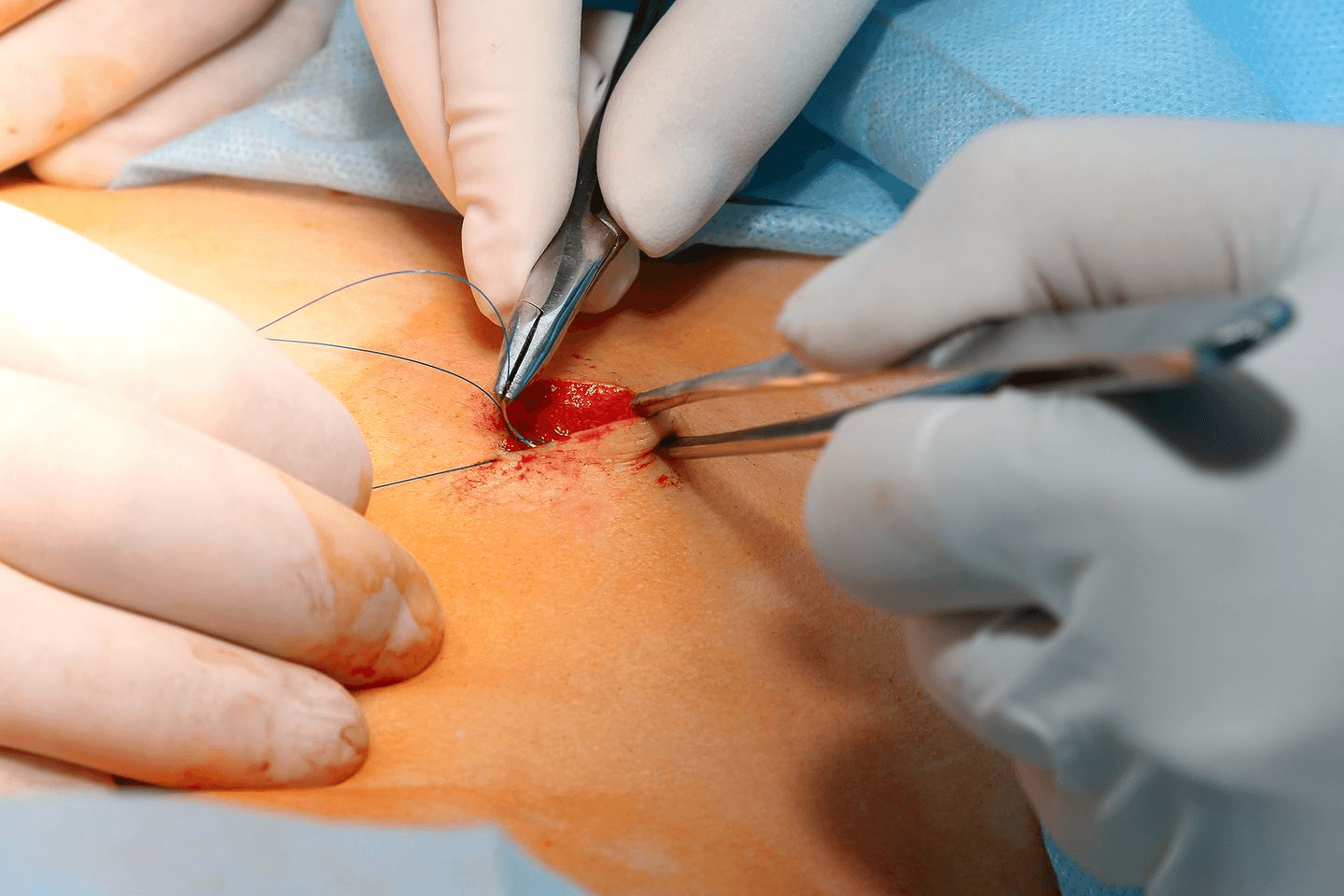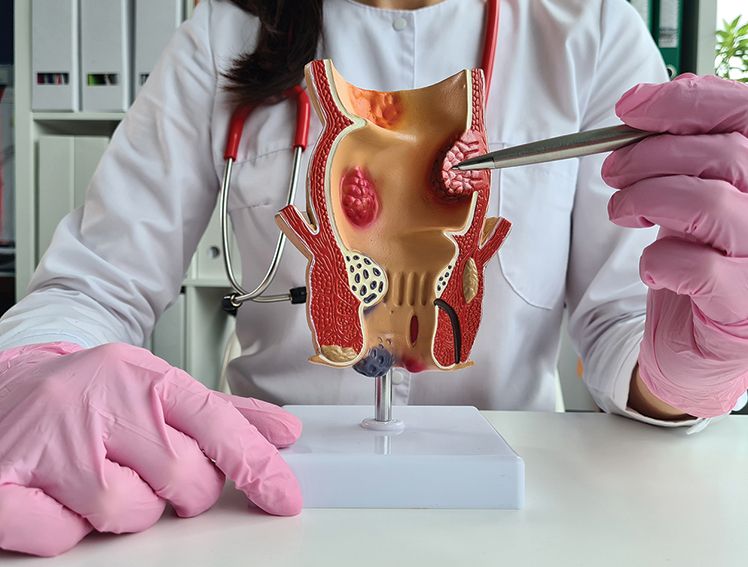
Hernioplasty
What is a hernia?
Simply put, a Hernia happens when an internal organ or body part protrudes through a weakness in the muscle or surrounding tissue wall. Hernias can develop in the chest and the hips. The symptoms include an abnormal swelling or a lump on that area (the stomach, the navel, or the groin) and pain or strain upon movement. Even an involuntary movement like coughing can activate the pain in a hernia. This lump can be pushed back and will disappear once you're lying down, but reappear and be evident when upright.
There are different types of hernia:
Inguinal hernia
Commonly occurs in men. Here, the fatty tissue or part of the large intestine can protrude through the defect in the groin region or in the inner thigh.
Femoral hernia
This affects women than men, usually older women. Fatty tissue or part of the bowel can also strain through the groin or the top of the thigh.
Umbilical hernia
This can occur both in babies and adults. The protrusion is seen at the navel.
Hiatal hernia
Part of the stomach can push through an opening in the diaphragm (up in the chest cavity). This usually does not have any visible symptoms.
Hernias do not heal on their own. It's essential to treat a hernia immediately to avoid prolonged discomfort and to continue living a seamless everyday life.
What is a hernioplasty?
There are different types of surgical routes to treat hernia – they are herniorrhaphy and hernioplasty. While herniorrhaphy( tension repair) is the traditional method of treating a hernia where the surgeon creates an incision to access the affected area, they then put the displaced organ or tissue back in place, remove the hernia sac, and suture the wound closed.
Hernioplasty means – the prefix "hernio "is a combining form representing hernia, while "plasty" stands for restoring or repairing.?
Hernioplasty also has the surgeon follow similar steps – either with a traditional incision or a laparoscopically. However, the difference here is that a supportive synthetic sterile mesh or patch – made of polypropylene or animal tissue is introduced on the healthy, surrounding tissues.
The success rate of this surgery is quite high, and the recurrence of a hernia is almost 1 percent. According to Harvard Health Publishing, the recurrence of hernias in children is smaller than in adults after hernia repair surgery.
What more should you know about the procedure?
Open or laparoscopic surgery can be done because the chances of recurrence are similar. The only difference is that the latter has less post-operative pain and trauma.
A hernioplasty is only done when the surgeon feels the tissues surrounding the affected area are not strong enough to allow effective repair over time. So, they may begin with a herniorrhaphy and then, upon further assessment, may decide to go for a hernioplasty.
If surgery is on the cards, your doctor must thoroughly assess before the treatment to verify if you have a hernia. Inform them if you smoke, have a history of blood clots, or take blood thinners or other medication.
Usually, as you approach the time of surgery, you will be administered either a local, spinal (epidural), or general anesthetic. Then the area that will be operated upon will be shaved. Following this, the surgery will take place. The entire process should last about 45 minutes to an hour.
Patients can usually go back the same day unless the doctor feels otherwise.
Risks and complications
A hernia repair surgery is quite common, but with any operation that requires anesthesia, there are always risks and complications of:
- Adverse or allergic reaction to anesthesia
- Infection at the wound site
- Mesh infection
- Recurrence of the hernia
- Urinary tract infection
- Blood clots
- Infertility among men
- Damage to blood vessels and tissues
- Injury to intestines or testicles
- Extensive scarring
- Excessive bleeding
Pregnant women or people who are overweight, obese, smokers, have high blood pressure, and older adults are susceptible to complications and risks of surgeries.
Recovery after surgery
Recovery from a hernioplasty can depend on the severity of your condition, your co-morbidities, and how the actual procedure went. With minimally invasive surgeries, patients can usually go home the same day because there is less post-operative pain and trauma. There are some cases of hernia repair surgery for patients who may be asked to stay overnight at the hospital.
Discomfort is the after-effect of any major surgery, including a hernioplasty. The doctor will usually prescribe an over-the-counter pain med for this. Besides this, you will be asked to refrain from indulging in any major activity like going to the gym, lifting heavy weights, or participating in any sports. Rest will be encouraged because it is the major contributor to patient wellness.
FILAPROP™ MESH OF MERIL LIFE
FILAPROP™ MESH is intended to be used during a hernioplasty. It is made of polypropylene material, which ensures durability and consistent strength. This product has round mesh edges and unique interlocking knitting. It provides long-term tissue support, is non-absorbable, and is available in 3 dimensions. It offers better patient comfort.
MERIGLOW™ MESH
MERIGLOW™ MESH by Meril is the ideal preperitoneal mesh for all hernia types offering optimum combination of strength and elasticity. It is a Polypropylene Macroporous Medium Weight Mesh with rounded edges. The large pores allow faster and better soft tissue ingrowth. The mesh is non absorbable and offers unique interlocking knitting. It also helps minimize patient discomfort.
MERINEUM™ MESH
MERINEUM™ Mesh is indicated for use intraperitoneally for laparoscopic ventral hernia repair.
This mesh is Polypropylene/Polylactide- Caprolactone Mesh with a superior barrier and maximum protection.
MERINEUM TM MESH is a tissue separating dual layer mesh with well-proportioned drainage holes to ensure seroma drainage in time. Its transparency facilitates the visualization of underlying tissues and vessels.
PROFOUND N
PROFOUND™ N of MERIL LIFE is a non absorbable mesh fixation device used during a hernioplasty. The Profound N's features include a helical design spike, a comfortable handle, and needle-less deployment for safety. The device is smooth, safe and secure and offers confident fixation with superior surgical outcomes.
PROFOUND A
PROFOUND™ A is an absorbable mesh fixation device of MERIL LIFE that allows the fixation of surgical mesh to the tissues in hernia repair. This device has an ergonomic design, so it's easy to deploy the trigger. It also has absorbable tacks that are made of polylactide-co-glycoside. The device offers patient-proven pain reduction. It also reduces the risk of intraperitoneal adhesions.
Hernias should not be taken lightly, as they do not disappear on their own or get absorbed into the skin as a hemorrgoid would. It's best to consult with a medical practitioner if you are experiencing persistent discomfort or pain.



